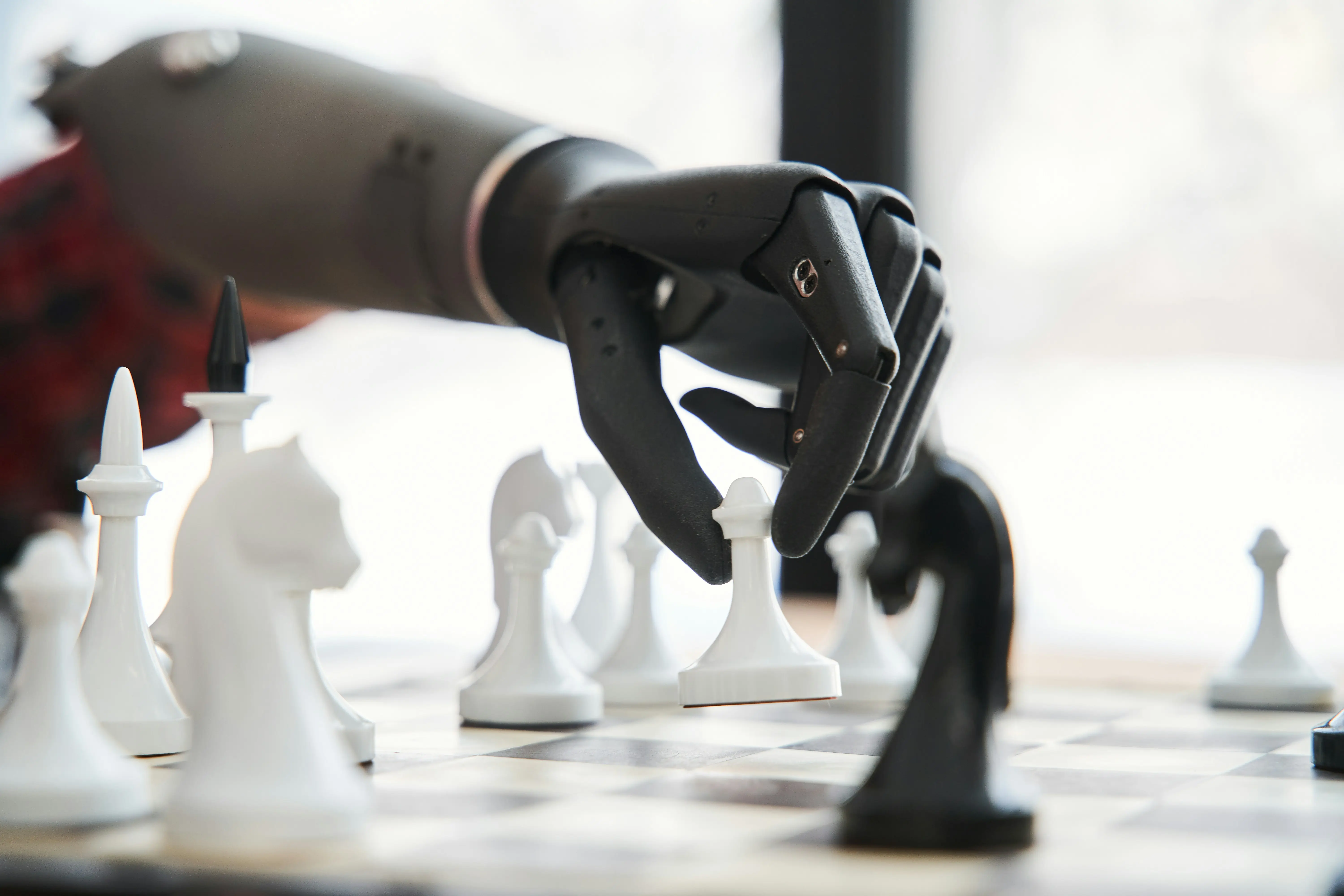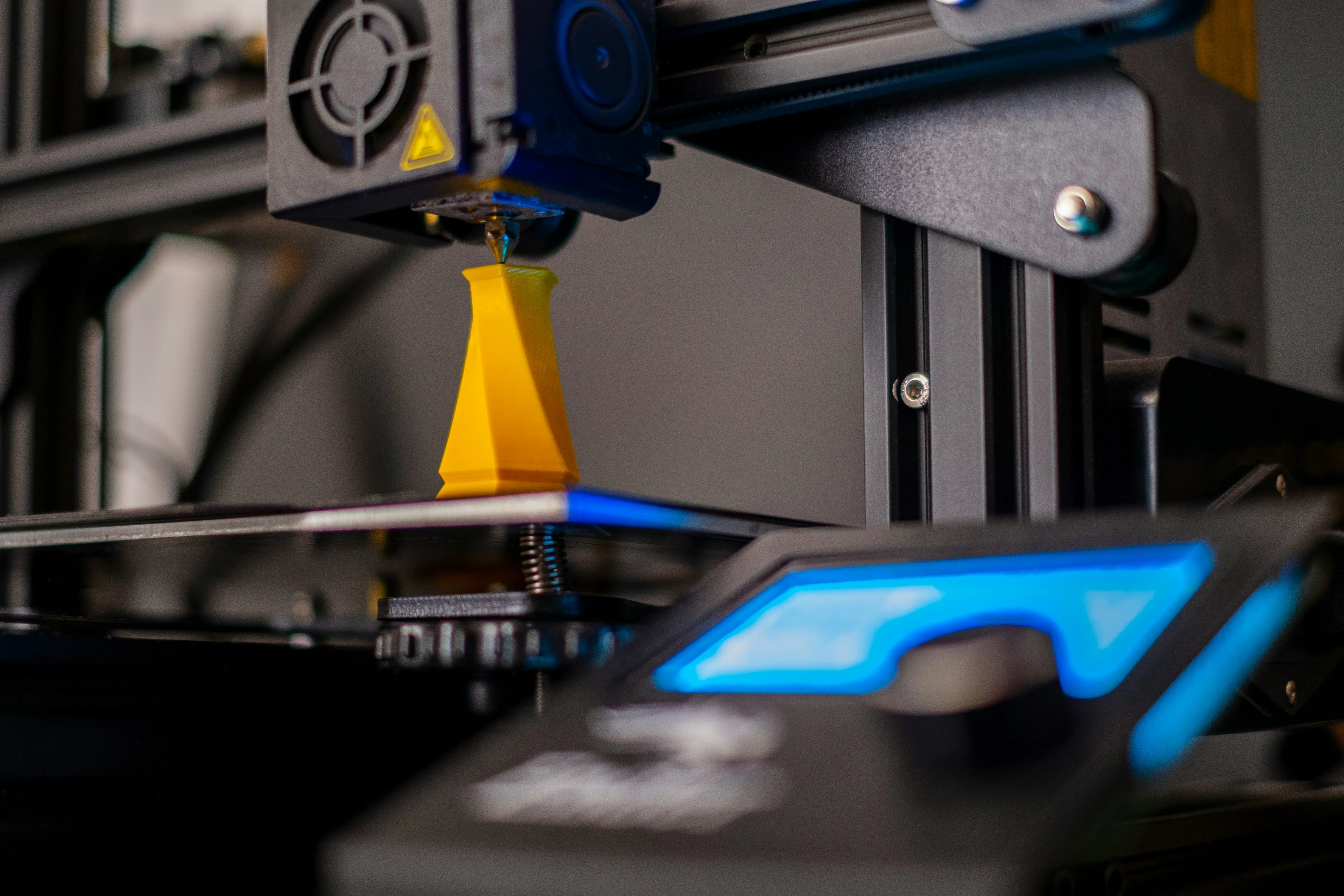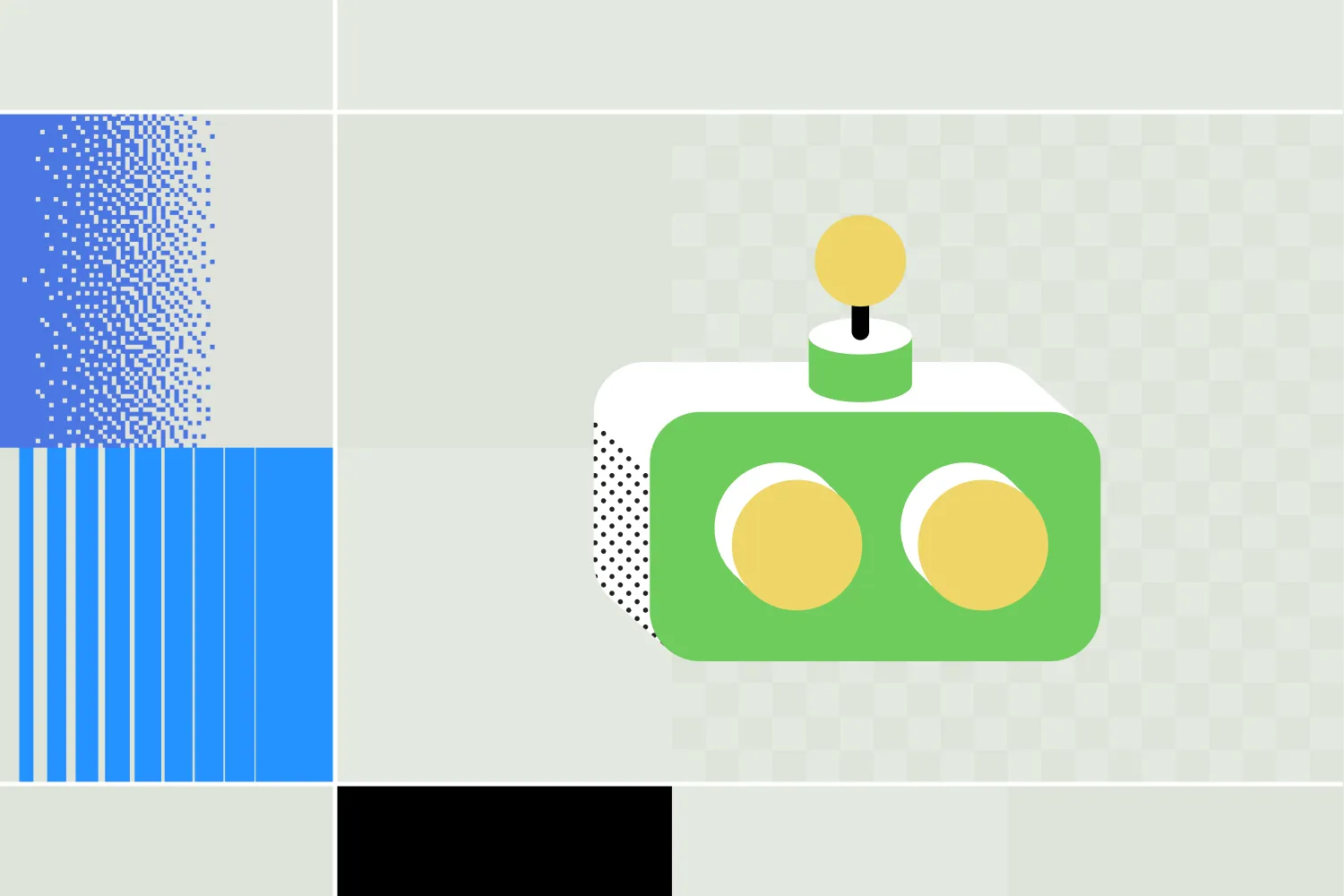- Agen AI berkisar dari sistem refleks sederhana yang bereaksi terhadap input saat ini hingga agen canggih yang merencanakan, mempelajari, dan mengoordinasikan tugas-tugas kompleks di berbagai domain.
- Agen refleks sederhana bertindak murni berdasarkan kondisi langsung, sementara agen refleks berbasis model meningkatkan pengambilan keputusan menggunakan model internal untuk melacak dan memprediksi perubahan lingkungan.
- Sistem multi-agen menampilkan beberapa agen AI yang bekerja sama atau bersaing, memungkinkan aplikasi canggih seperti mobil tanpa pengemudi yang berkoordinasi dalam lalu lintas atau mengelola rantai pasokan yang rumit.
Agen AI telah meledak dalam beberapa tahun terakhir. Dan dengan teknologi dan kemampuannya yang kompleks, ada banyak jenis agen AI yang berbeda akhir-akhir ini.
Agen AI adalah perangkat lunak yang melakukan tugas. Tidak seperti chatbot standar, agen AI dapat mengambil tindakan atas nama pengguna.
Ada berbagai macam agen AI, mulai dari termometer pintar dan mobil swakemudi, hingga agen dengan antarmuka obrolan. Semua kasus penggunaan ini termasuk dalam salah satu dari tujuh kategori utama agen AI. Dalam artikel ini, saya akan membagikan 7 jenis utama agen AI dan beberapa contoh agen AI di dunia nyata.
1. Agen Refleks Sederhana
Agen refleks sederhana adalah sistem AI yang membuat keputusan hanya berdasarkan masukan saat ini dari lingkungannya.
Sistem ini menggunakan seperangkat aturan kondisi-tindakan untuk memetakan input yang diamati ke respons tertentu. Ketika mendeteksi kondisi tertentu di lingkungan, ia akan menjalankan aturan yang sesuai.
Ia tidak memiliki memori atau model internal dunia - sehingga hanya dapat beroperasi secara efektif di lingkungan yang dapat diamati sepenuhnya di mana setiap keputusan dapat dibuat berdasarkan input saat ini saja.
Contoh Agen Refleks Sederhana
- Termostat yang menyalakan panas jika terlalu dingin
- Robot yang berbelok ketika menabrak dinding (halo, Roomba dengan kucing di atasnya)
- Chatbot dasar yang menjawab "Halo!" ketika pengguna mengatakan "Hai"
.webp)
2. Agen Refleks Berbasis Model
Agen refleks berbasis model adalah agen AI yang membuat keputusan berdasarkan input saat ini dan model internal dunia.
Tidak seperti agen refleks sederhana, jenis ini melacak keadaan lingkungan dari waktu ke waktu. Ia menggunakan model - pada dasarnya, informasi yang tersimpan tentang bagaimana dunia bekerja - untuk mengisi kekosongan ketika lingkungan tidak sepenuhnya dapat diamati.
Ketika menerima input baru, ia akan memperbarui kondisi internalnya, berkonsultasi dengan aturan kondisi-tindakan, dan memilih respons terbaik berdasarkan persepsi saat ini dan apa yang diketahui dari interaksi sebelumnya.
Contoh Agen Refleks Berbasis Model
- Robot penyedot debu yang mengingat tata letak ruangan dan menghindari area yang telah dibersihkannya
- AgenLLM yang melanjutkan percakapan sambil melacak input pengguna sebelumnya
- AI game yang bereaksi tidak hanya terhadap apa yang dilihatnya, tetapi juga terhadap apa yang diketahuinya dari awal pertandingan

3. Agen Pembelajaran
Agen pembelajaran adalah agen AI yang meningkatkan kinerjanya dari waktu ke waktu dengan belajar dari pengalamannya.
Ini memiliki empat komponen utama: elemen pembelajaran, elemen kinerja, kritik, dan pembangkit masalah.
Elemen kinerja memilih tindakan, sementara elemen pembelajaran menyesuaikan perilakunya berdasarkan umpan balik. Pengkritik mengevaluasi hasil dari tindakan menggunakan standar yang telah ditetapkan, dan pembuat masalah menyarankan tindakan baru untuk mencoba pembelajaran yang lebih baik.
Struktur ini memungkinkan agen untuk beradaptasi dengan perubahan, menyempurnakan strategi, dan beroperasi secara efektif bahkan di lingkungan yang tidak dikenal.
Contoh Agen Pembelajaran
- Agen AI kripto yang menyesuaikan strategi trading berdasarkan performa pasar
- Mesin rekomendasi yang semakin baik dalam menyarankan produk berdasarkan perilaku pengguna
- Chatbot perawatan kesehatan yang belajar dari interaksi pasien untuk meningkatkan akurasi triase

4. Agen Berbasis Utilitas
Agen berbasis utilitas adalah agen AI yang memilih tindakan berdasarkan hasil mana yang diharapkan dapat memberikan nilai keseluruhan tertinggi atau "utilitas".
Daripada hanya bertujuan untuk mencapai suatu tujuan, agen ini mengevaluasi berbagai kemungkinan hasil dan memilih salah satu yang memaksimalkan fungsi utilitas yang telah ditentukan.
Hal ini memungkinkannya untuk menangani situasi di mana terdapat beberapa cara untuk mencapai tujuan, atau di mana pertukaran harus dilakukan. Hal ini membutuhkan kemampuan untuk membandingkan pilihan, memprediksi konsekuensi, dan menentukan peringkat hasil berdasarkan preferensi atau prioritas.
Contoh Agen Berbasis Utilitas
- Chatbot untuk penjualan yang memprioritaskan prospek berdasarkan kemungkinan untuk dikonversi
- Bot trading saham yang menyeimbangkan risiko dan hasil untuk memaksimalkan keuntungan jangka panjang
- Chatbot bisnis yang menjadwalkan rapat untuk meminimalkan konflik dan memaksimalkan kenyamanan
5. Agen Hirarkis
Agen hirarkis adalah agen AI yang mengatur proses pengambilan keputusannya ke dalam beberapa lapisan atau level, dengan level yang lebih tinggi menangani tujuan abstrak dan level yang lebih rendah mengelola tindakan spesifik.
Agen ini memecah tugas yang kompleks menjadi sub-tugas yang lebih kecil, dengan setiap tingkat hierarki bertanggung jawab atas ruang lingkup pengambilan keputusan yang berbeda.
Lapisan tingkat tinggi dapat merencanakan strategi jangka panjang, sementara lapisan yang lebih rendah menangani data sensor langsung dan respons waktu nyata. Komunikasi mengalir di antara lapisan-lapisan tersebut, memungkinkan agen untuk mengoordinasikan tujuan yang luas dengan eksekusi yang terperinci.
Struktur ini memudahkan untuk mengelola kompleksitas dan skala perilaku di berbagai kerangka waktu atau prioritas.
Contoh Agen Hirarkis
- Di bidang manufaktur, agen tingkat tinggi merencanakan proses perakitan sementara tingkat yang lebih rendah mengontrol lengan robot dan pengaturan waktu
- Di pabrik pintar, berbagai lapisan mengelola jadwal produksi, koordinasi alat berat, dan operasi fisik

6. Agen Berbasis Sasaran
Agen berbasis tujuan adalah agen AI yang membuat keputusan dengan mengevaluasi tindakan mana yang akan membantunya mencapai tujuan tertentu.
Agen diberikan satu atau lebih tujuan - hasil yang diinginkan yang ingin dicapai. Ia menggunakan algoritme pencarian atau perencanaan untuk mengeksplorasi kemungkinan urutan tindakan, lalu memilih tindakan yang paling mungkin mengarah ke tujuan.
Tidak seperti agen refleks, agen ini tidak hanya bereaksi - agen ini mempertimbangkan konsekuensi di masa depan sebelum bertindak. Hal ini membuatnya lebih fleksibel dan mampu bekerja di lingkungan yang dinamis atau tidak dikenal, tetapi juga lebih menuntut komputasi.
Contoh Agen Berbasis Sasaran
- Sistem navigasi yang menghitung rute terbaik ke suatu tujuan
- AI pemecah teka-teki yang mencari gerakan yang akan menuntun pada penyelesaian teka-teki
- Lengan robotik yang merencanakan urutan gerakan untuk merakit produk dengan sukses
7. Sistem Multi-Agen (MAS)
Terakhir, namun tidak kalah penting: sistem multi-agen.
Sistem multi-agen (MAS) adalah sistem yang terdiri dari beberapa agen AI yang saling berinteraksi yang bekerja sama (atau terkadang bersaing) untuk mencapai tujuan individu atau tujuan bersama.
Setiap agen dalam sistem beroperasi secara independen, dengan kemampuan, tujuan, dan persepsinya sendiri terhadap lingkungan.
Agen-agen ini berkomunikasi dan berkoordinasi - baik secara langsung melalui pesan atau secara tidak langsung dengan mengamati perubahan lingkungan. Sistem secara keseluruhan dapat menyelesaikan masalah yang terlalu kompleks atau terdistribusi untuk ditangani oleh satu agen.
Sistem multi-agen dapat bersifat kooperatif, kompetitif, atau campuran keduanya, tergantung pada desain dan tujuan.
Contoh Sistem Multi-Agen
- Kendaraan otonom berkoordinasi di persimpangan untuk menghindari tabrakan
- Satu set bot keuangan mengelola faktur, deteksi penipuan, dan pelaporan melalui otomatisasi alur kerja AI
- Sistem rantai pasokan di mana berbagai agen mengelola inventaris, pengiriman, dan prakiraan permintaan

Membangun Agen AI Khusus
Tidak sulit untuk membuat agen AI yang disesuaikan - dan Anda dapat melakukannya secara gratis.
Botpress menawarkan pembangun alur visual seret dan lepas, keamanan tingkat perusahaan, perpustakaan edukasi yang luas, dan komunitasDiscord yang aktif dengan 20.000+ pembuat bot.
Platform kami yang dapat diperluas berarti Anda dapat membuat chatbot khusus apa pun dengan integrasi khusus apa pun - dan Integration Hub kami penuh dengan konektor yang sudah dibuat sebelumnya ke saluran-saluran terbesar.
Mulai membangun hari ini. Gratis.
Pertanyaan yang Sering Diajukan
Apa saja 7 jenis agen AI?
Ketujuh jenis tersebut adalah: agen refleks sederhana, agen refleks berbasis model, agen berbasis tujuan, agen berbasis utilitas, agen pembelajaran, agen hirarkis, dan sistem multi-agen.
Apakah ChatGPT merupakan agen AI?
Ya, ChatGPT dapat dianggap sebagai agen AI - ia menerima masukan, memprosesnya, dan menghasilkan respons, sering kali menggunakan pendekatan berbasis tujuan atau utilitas, tergantung pada cara penerapannya.
Apa yang dimaksud dengan agen cerdas, dan bagaimana mereka beroperasi di lingkungan digital?
Agen cerdas adalah entitas yang dirancang untuk bertindak dalam berbagai lingkungan digital. Mereka mengumpulkan pengetahuan dari lingkungan mereka, menilai situasi saat ini, dan menjalankan tindakan untuk mencapai tujuan yang telah ditentukan. Kinerja mereka dipengaruhi oleh tindakan eksternal yang mereka lakukan dalam lingkungan yang dapat diamati.
Bagaimana kecerdasan buatan berperan dalam fungsi agen?
Kecerdasan Buatan memberdayakan agen cerdas dengan memberi mereka kemampuan untuk belajar, bernalar, dan beradaptasi. Agen menggunakan AI untuk meningkatkan basis pengetahuan mereka, sehingga memungkinkan pengambilan keputusan yang lebih canggih di berbagai lingkungan.
Apa yang menjadi dasar pengetahuan dari agen cerdas?
Pengetahuan agen cerdas mencakup informasi tentang lingkungan, aturan yang telah ditetapkan, dan pemahaman mendasar tentang situasi saat ini. Pengetahuan ini menjadi dasar bagi proses pengambilan keputusan mereka.
Apa elemen kinerja dalam konteks agen cerdas?
Elemen kinerja agen cerdas mengacu pada kemampuan mereka untuk mencapai tujuan dan membuat keputusan yang mengoptimalkan tindakan mereka dalam lingkungan tertentu. Ini adalah komponen penting yang menentukan efisiensi dan efektivitas agen.
Dapatkah agen beroperasi dalam struktur hirarkis?
Ya, agen hirarkis adalah jenis agen cerdas yang beroperasi dalam tingkatan terstruktur. Agen tingkat tinggi mengawasi pengambilan keputusan secara umum, sementara agen tingkat rendah menangani tugas-tugas spesifik dalam kerangka kerja yang lebih luas. Struktur hirarkis ini memungkinkan operasi yang efisien dalam lingkungan yang kompleks.
Apakah agen intelijen beroperasi dengan kecerdasan yang terbatas?
Ya, banyak agen intelijen beroperasi dengan kecerdasan yang terbatas, yang berarti mereka memiliki cakupan pengetahuan dan kemampuan yang ditentukan. Keterbatasan ini membantu mereka fokus pada tugas dan lingkungan tertentu di mana keahlian mereka paling relevan.





.webp)

